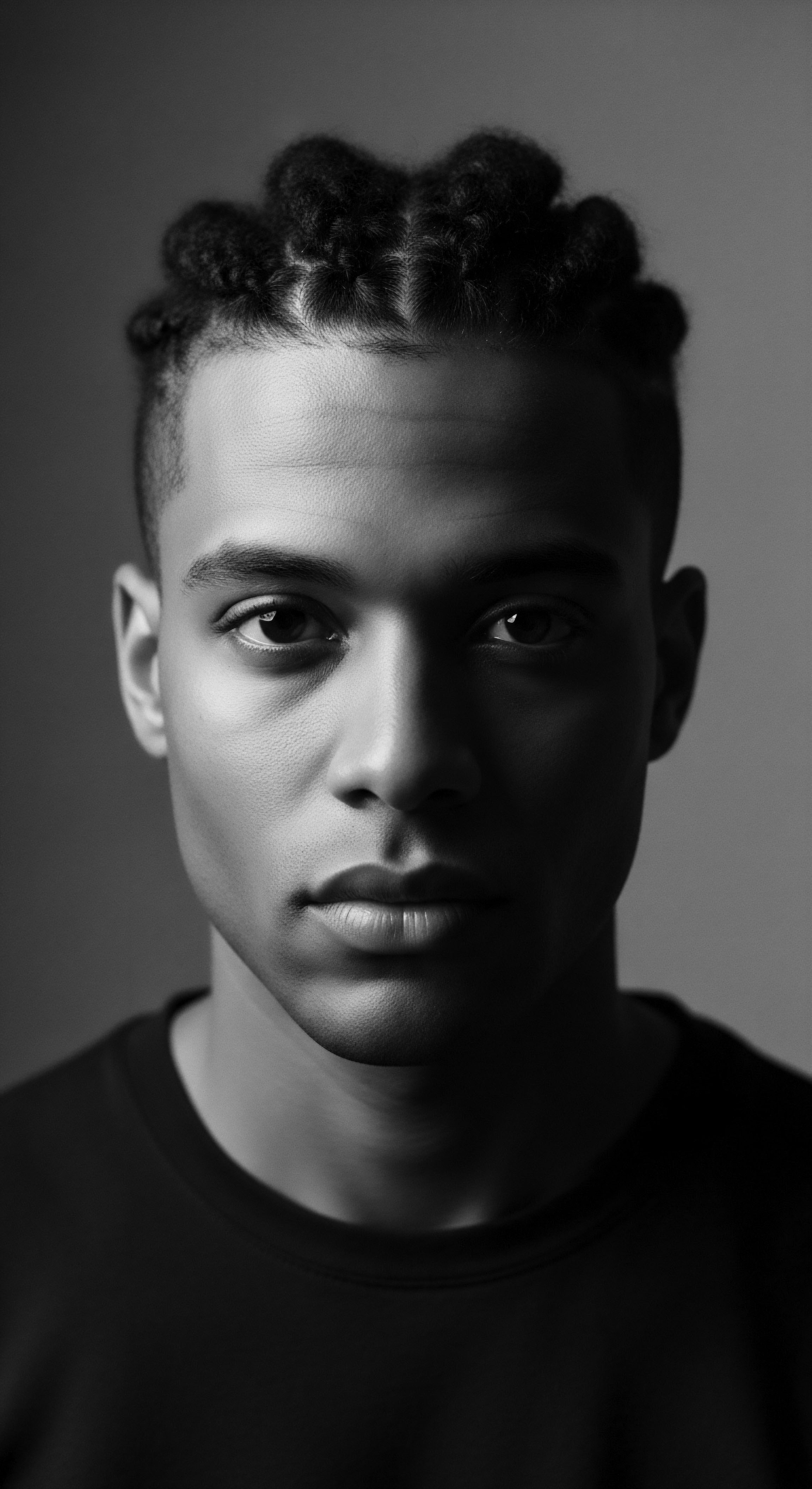
Fundamentals
The Silk Bonnet stands as a testament to the quiet revolutions in hair care, a modern iteration of ancestral wisdom, particularly significant within the nuanced universe of textured hair. At its simplest, the fundamental purpose of the silk bonnet centers upon two primary protective mechanisms ❉ the reduction of friction and the preservation of moisture. This elemental understanding forms the bedrock of its definition for those newly encountering its benefits.
Consider the daily aggressions textured strands encounter. A typical cotton pillowcase, while soft to the touch, possesses a cellular structure that creates microscopic friction against the hair cuticle. This constant rubbing, particularly during the restless hours of sleep, can abrade the outermost layer of the hair shaft, leading to frizz, tangles, and eventually, mechanical breakage.
The silk bonnet acts as a gentle shield, interposing a remarkably smooth surface between the hair and coarser fabrics. Its very meaning in this context is one of protection, a soft cocoon for delicate curls, coils, and waves.
The silk bonnet, at its core, is a protective covering designed to minimize friction and retain vital moisture for textured hair during sleep.
Beyond mechanical protection, the silk bonnet’s significance is deeply rooted in its capacity for moisture retention. Textured hair, by its very architecture, tends to be more prone to dryness than straight hair, often requiring a higher concentration of natural oils and emollients to maintain its suppleness. Cotton, a highly absorbent fiber, draws moisture away from the hair and skin, essentially dehydrating strands overnight.
Silk, a protein fiber, exhibits significantly lower absorbency, allowing the hair’s natural oils, as well as any applied conditioners or styling products, to remain on the hair shaft. This fundamental property transforms the nightly routine into a period of gentle conditioning, safeguarding the hair’s intrinsic hydration and reinforcing its natural resilience.
The Clarification of the silk bonnet’s benefits also extends to the preservation of hair styles. For those who invest time and intention into styling their textured hair—from intricate braids to defined curl patterns—the bonnet helps maintain the integrity of these efforts, extending the life of a style and reducing the need for excessive re-styling, which itself can introduce further mechanical stress. This aspect provides an elucidation of how a simple accessory can lead to greater hair health and simplified daily routines, echoing long-held traditions of hair preservation through protective measures.
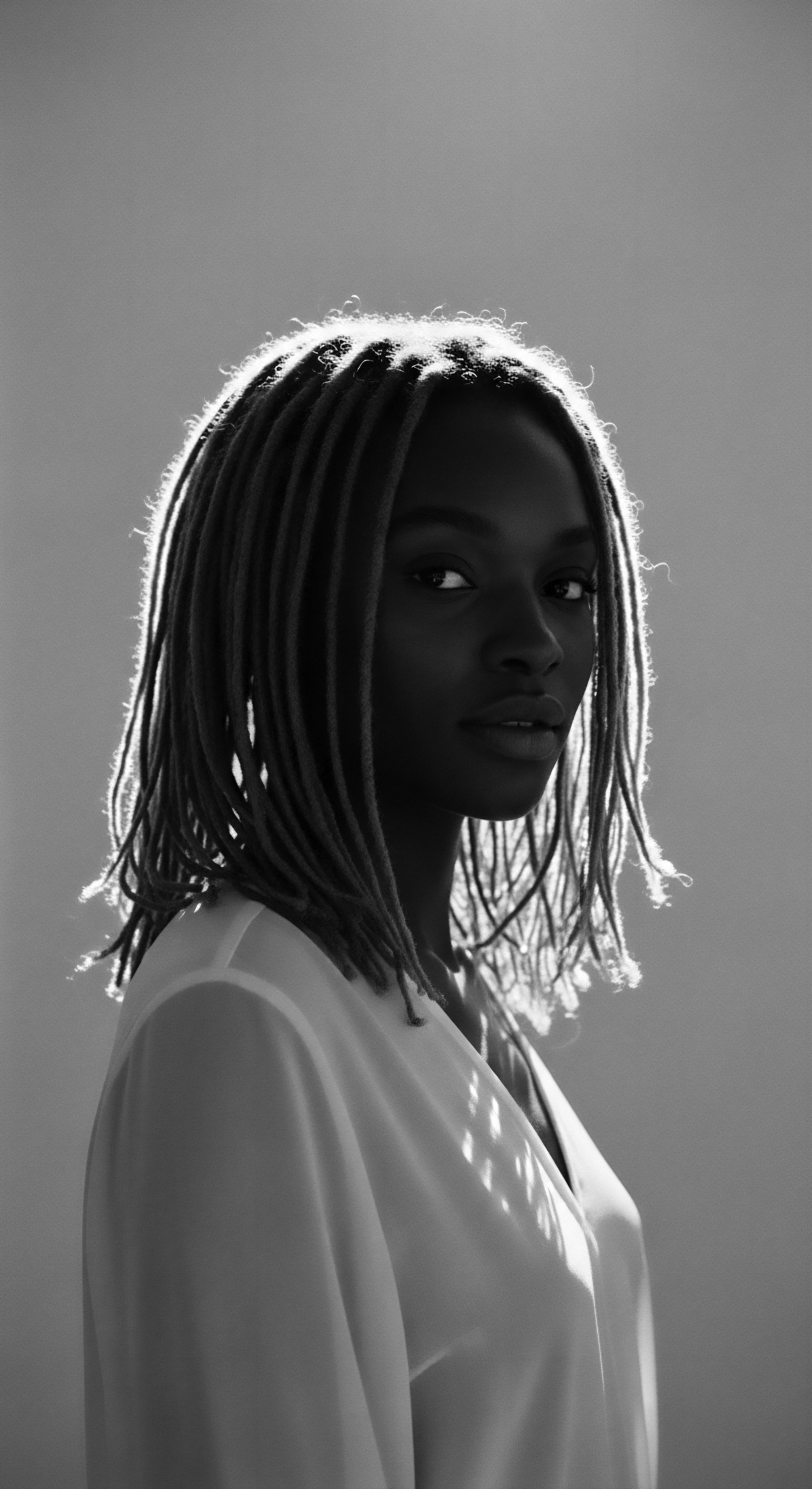
Ancestral Echoes ❉ Early Protective Traditions
Long before the advent of the silk bonnet as we know it, communities with textured hair across the globe understood the inherent necessity of protecting their strands. Head coverings in various forms have been a constant throughout history, driven by practical needs, cultural mandates, and aesthetic expressions. From the intricately wrapped turbans of West Africa to the protective head ties worn by women in the Caribbean and the American South, the principle of shielding hair from environmental aggressors and preserving its integrity was paramount. These earlier forms, though not always made of silk, underscored the enduring import of protective measures.
These traditions speak to a collective ancestral wisdom that recognized the delicate nature of textured hair. While the materials might have been different—cotton, linen, or other natural fibers—the underlying intent was consistent ❉ to guard against friction, to prevent tangling during sleep or labor, and to maintain neatness. The silk bonnet, therefore, represents a refined evolution, a designation of modern textile science applied to an ancient, deeply seated understanding of hair care.
- Protection from Elements ❉ Traditional head wraps shielded hair from dust, sun, and other environmental stressors during daily activities.
- Maintaining Neatness ❉ Covering the hair helped to preserve intricate styles and control unruliness, especially in labor-intensive societies.
- Cultural Significance ❉ Head coverings often conveyed social status, marital status, or spiritual beliefs, adding layers of meaning beyond simple utility.
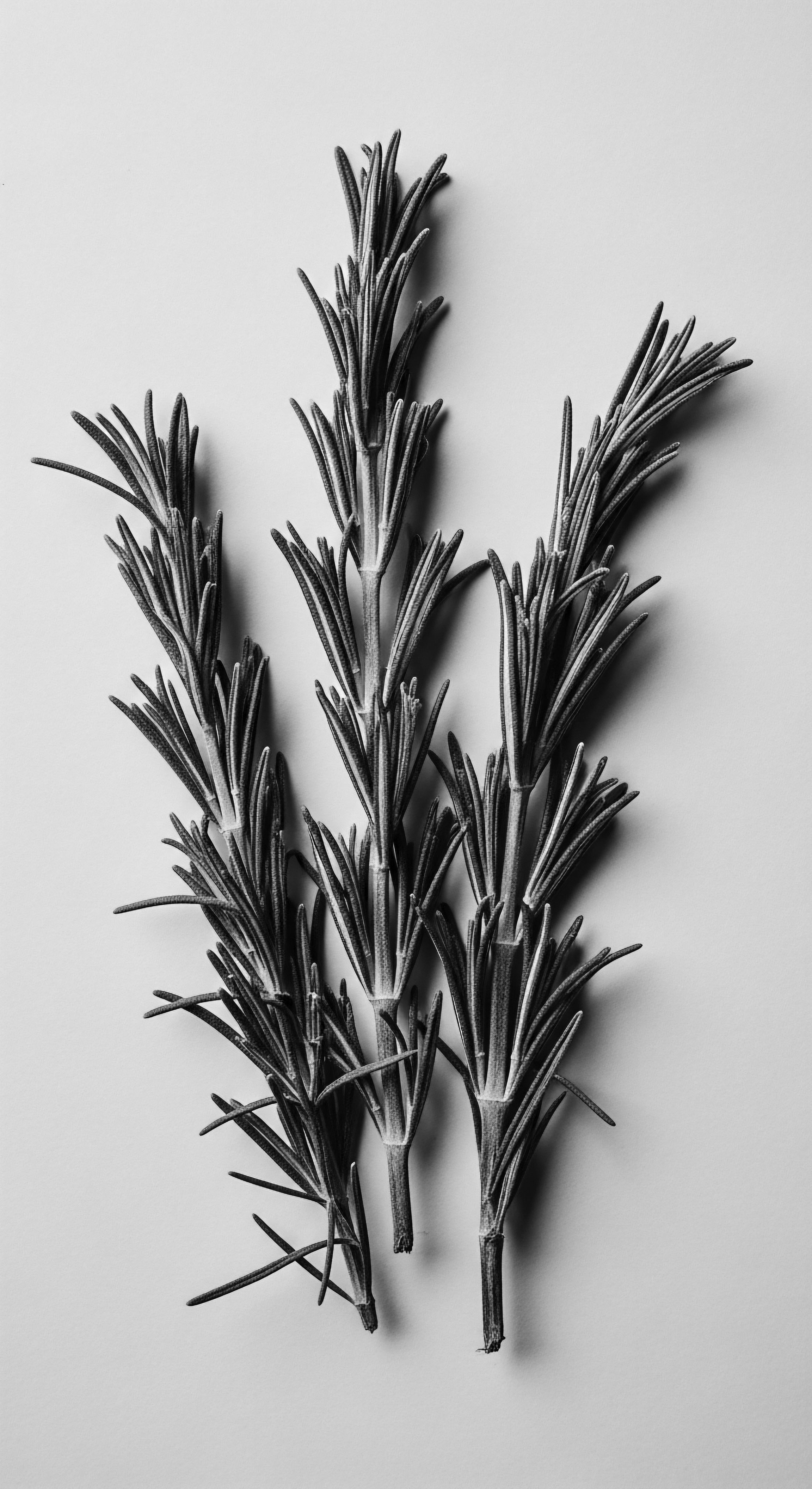
Intermediate
Moving beyond the foundational explanation, an intermediate understanding of the Silk Bonnet Benefits begins to unravel the intricate interplay between textile properties, hair biology, and enduring cultural practices. The very description of silk as a fiber reveals its unique advantages. Unlike plant-based fibers such as cotton, which possess a rough, scaly surface at a microscopic level, silk fibers are remarkably smooth and cylindrical. This structural difference accounts for silk’s dramatically lower coefficient of friction, a quantifiable measure of how much resistance it creates when two surfaces slide against each other.
For textured hair, characterized by its often elliptical cross-section and cuticle scales that can lift easily, this low friction is not merely a comfort; it is a critical specification for preventing mechanical damage. When hair slides against a rough surface, these lifted cuticles snag, leading to micro-tears along the hair shaft. Over time, this cumulative damage compromises the hair’s structural integrity, resulting in split ends, thinning, and diminished elasticity. The silk bonnet mitigates this constant assault, offering a nearly frictionless environment where strands can glide freely.
The silk bonnet’s low-friction surface minimizes mechanical damage to textured hair, a vital function for maintaining strand integrity against daily wear.
The elucidation of moisture retention also deepens at this level. Textured hair’s unique structural characteristics, including its often higher porosity, make it more susceptible to evaporative moisture loss. This means humectants and emollients applied to the hair can dissipate rapidly into the surrounding environment, especially in dry climates or during prolonged periods of rest. Silk, being a protein fiber with a tighter weave and less absorbent nature than cotton, creates a microclimate within the bonnet that actively slows this evaporation.
The natural sebum produced by the scalp, along with conditioning products, remains concentrated around the hair shaft, nurturing the strands throughout the night. This sustained hydration contributes significantly to hair’s softness, malleability, and overall health, reinforcing the purport of continuous care.
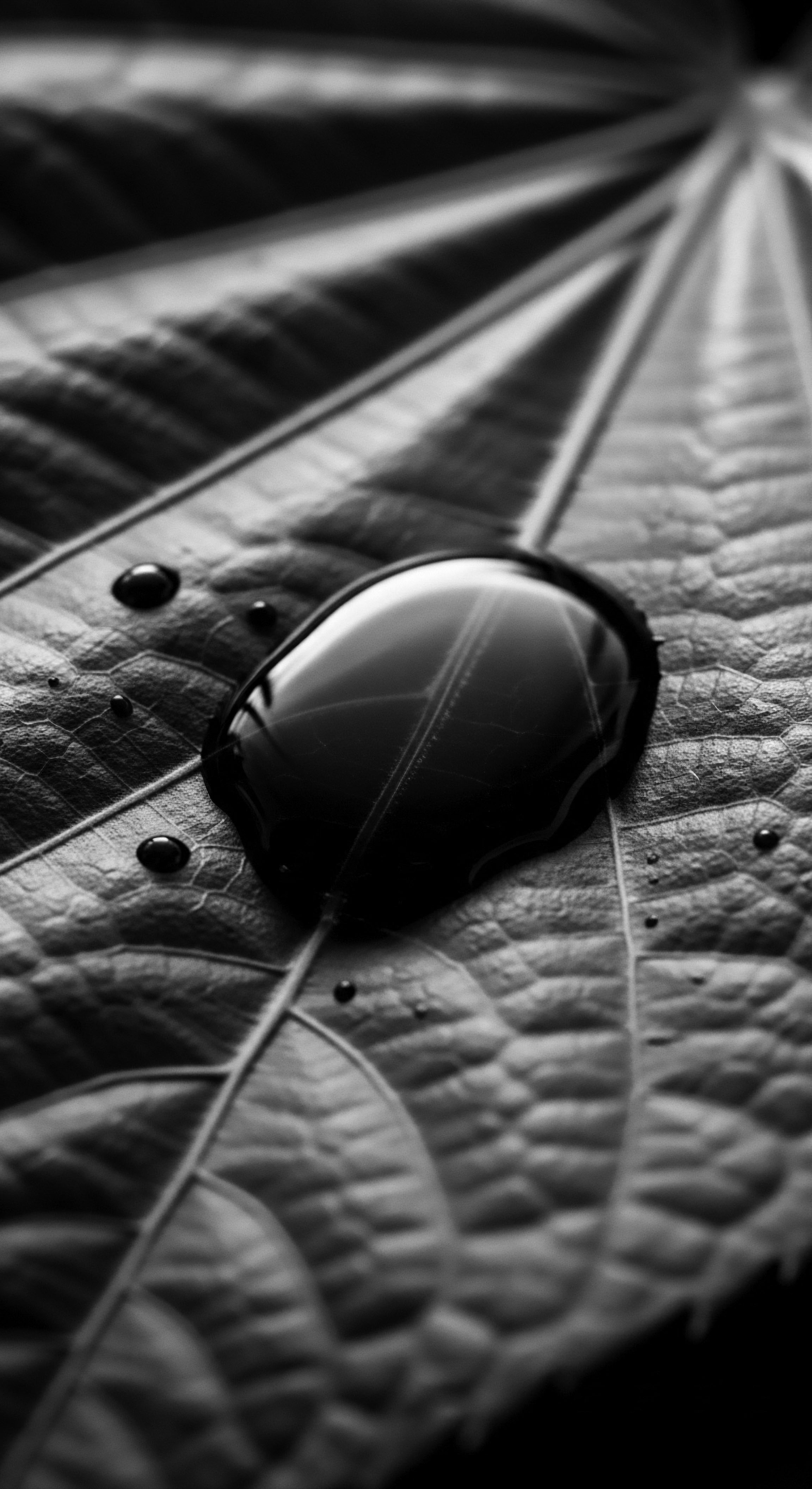
Bridging Ancient Practices with Modern Materials
The history of hair care within Black and mixed-race communities is a vibrant narrative of adaptability and ingenuity. Ancestral practices often involved the use of natural oils, butters, and protective styles, many of which inherently aimed to preserve moisture and reduce exposure to damaging elements. Head wraps, scarves, and various forms of protective coverings were not simply adornments; they were functional tools within a comprehensive hair care regimen. These historical practices provide a compelling connotation for the modern silk bonnet.
Consider the profound significance of the head tie in various West African cultures. Beyond aesthetic or social symbolism, these wraps often provided a physical barrier that shielded delicate hair from the harsh sun and abrasive winds during agricultural labor or daily life. While the materials were often woven cotton or linen, the principle of physical protection and style preservation was identical to what the silk bonnet now offers. The meaning of the modern silk bonnet can be seen as an evolution, a refinement of these age-old strategies with superior material science.
| Historical Hair Protection Element Head Wraps/Ties (e.g. West African Gele, Caribbean Bandana) |
| Purpose and Traditional Material (Example) Shielded hair from sun, dust, and kept styles neat. Often cotton or other woven plant fibers. |
| Modern Silk Bonnet Parallel Physical barrier against environmental damage and friction. Material chosen for optimal surface smoothness. |
| Historical Hair Protection Element Oiling/Butter Application (e.g. Shea butter, palm oil) |
| Purpose and Traditional Material (Example) Sealed moisture into hair and scalp, provided lubrication. |
| Modern Silk Bonnet Parallel Enhances retention of natural oils and applied emollients within the bonnet's microclimate. |
| Historical Hair Protection Element Protective Styling (e.g. Braids, twists, cornrows) |
| Purpose and Traditional Material (Example) Minimized daily manipulation and exposure, preserving length and health. |
| Modern Silk Bonnet Parallel Maintains integrity of intricate styles, reducing restyling friction. |
| Historical Hair Protection Element This table illustrates the continuous thread of hair protection strategies across generations, with the silk bonnet representing a material advancement upon ancestral wisdom. |
The cultural continuity is striking. The act of covering one’s hair for protection carries a deep essence of self-care passed down through generations. The modern silk bonnet, therefore, is not merely a product; it is a cultural artifact that bridges the ancient wisdom of hair preservation with contemporary textile science.
It is a subtle nod to the ingenuity of ancestors who, with far fewer resources, devised ways to care for and protect their unique hair textures, ensuring that the health and beauty of these strands were maintained. The interpretation of the silk bonnet’s role grows richer when viewed through this historical lens, providing not just physical benefits, but also a connection to a profound legacy of care.

Academic
The definition of Silk Bonnet Benefits, when approached from an academic vantage point, transcends a mere enumeration of practical advantages to become a sophisticated analysis of biomechanical principles, dermatological considerations, and deeply entrenched socio-cultural practices within textured hair heritage. At its academic core, the silk bonnet’s meaning is articulated through its efficacy in mitigating mechanical friction and optimizing hydric equilibrium for hair fibers, particularly those with complex helical and elliptical morphologies characteristic of Black and mixed-race hair.
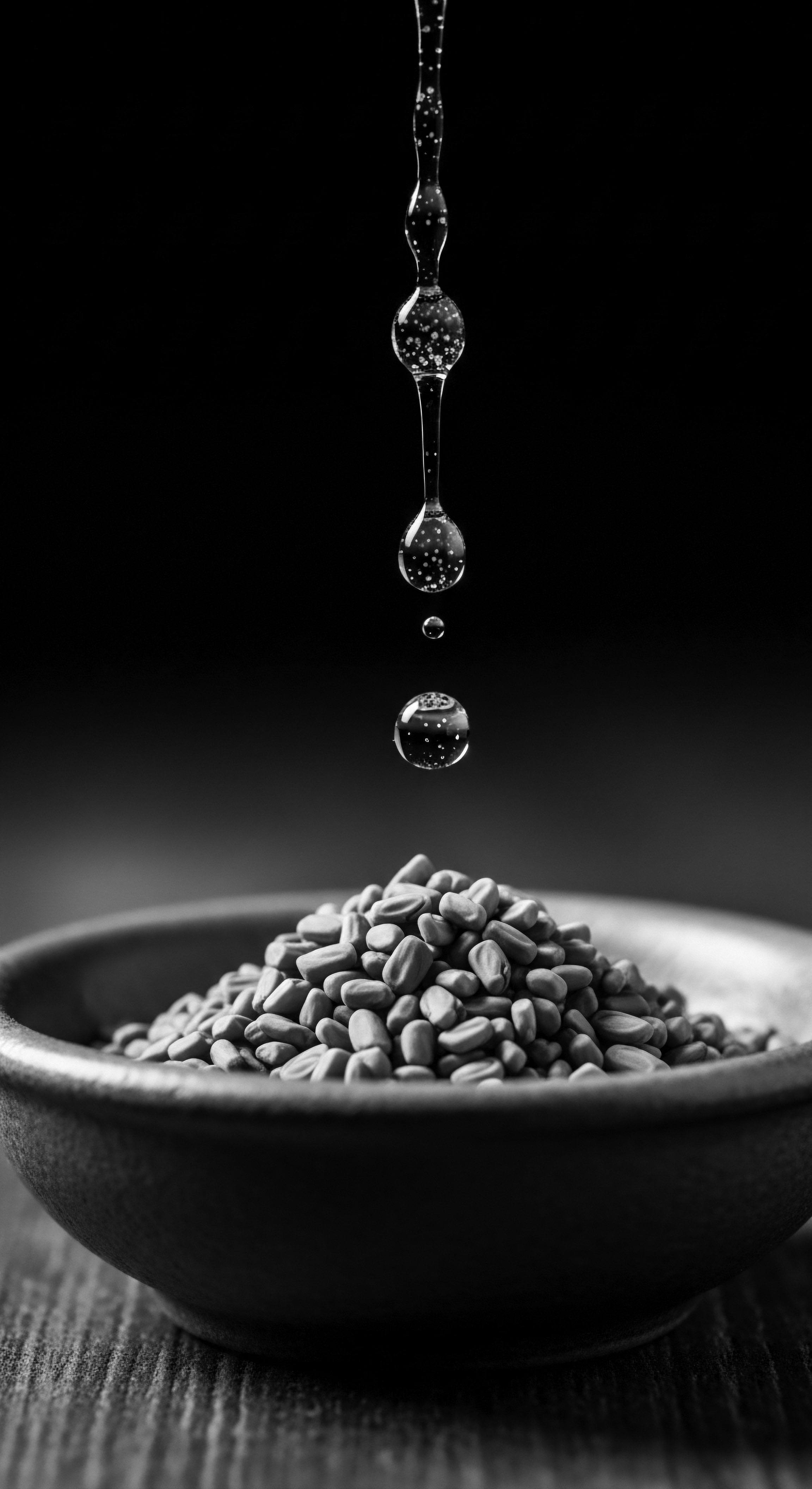
Biomechanics of Hair Protection ❉ A Scientific Mandate from Ancestry
Understanding the profound designation of the silk bonnet requires an examination of the fundamental structural characteristics of textured hair. Human hair, irrespective of type, is composed of a cuticle, cortex, and medulla. However, highly textured hair, such as that found across the African diaspora, exhibits unique features ❉ an often elliptical cross-section (as opposed to round for straight hair), and a cuticle layer that is often less tightly compacted and more prone to lifting at the bends of the hair shaft (Robbins, 2012). This anatomical predisposition renders textured hair inherently more vulnerable to mechanical stressors than straight hair.
The detrimental impact of friction on hair health is a well-documented phenomenon in trichology. Cotton, a cellulose fiber, possesses a relatively high coefficient of friction. When textured hair, with its naturally occurring twists and turns and elevated cuticle scales, continuously rubs against a cotton pillowcase during sleep, the resulting shear forces induce significant cuticle damage.
This mechanical abrasion leads to cuticle disruption, often presenting as fraying , splitting , and ultimately, fragmentation of the hair shaft . Such damage compromises the hair’s protective outer layer, exposing the inner cortex to environmental degradation and accelerating moisture loss.
The silk bonnet’s core value lies in its reduction of friction, which directly addresses the structural vulnerability of textured hair to mechanical damage during sleep.
A foundational study by Bradford and Marsh (1966) meticulously quantified the frictional properties of human hair, demonstrating that the coefficient of friction is lower in a direction parallel to the cuticle scales (root to tip) than against them. While this seminal work didn’t specifically compare silk to cotton, it laid the groundwork for understanding how directional friction impacts hair integrity. Extending this principle, the smooth, tightly woven protein structure of silk (primarily fibroin) presents an exceptionally low coefficient of friction against hair fibers. This characteristic ensures that as hair shifts during movement, it glides over the silk surface with minimal resistance.
This drastically reduces the micro-abrasions that cotton induces, thereby preserving the cuticle layer, which is crucial for maintaining both the hair’s structural integrity and its ability to retain moisture. The silk bonnet, therefore, is not merely a comfort accessory; it is a scientifically validated tool for biophysical hair preservation.
The academic elucidation also involves the concept of hydro-regulation . Textured hair typically has lower natural moisture content due to factors such as reduced sebum migration along the coiled shaft and higher surface area exposure. Maintaining hydration is paramount. Cotton, being a highly hygroscopic material, readily absorbs water molecules from its surroundings, including those present on the hair shaft.
Silk, on the other hand, is significantly less absorbent. It allows the hair’s natural emollients and any applied moisturizing agents to remain on the hair surface, thus creating a localized humid microenvironment within the bonnet. This microenvironment reduces the transepidermal water loss (TEWL) from the hair shaft, ensuring that the hair remains hydrated and supple throughout the night (Robbins, 2012). This substance of moisture retention is particularly vital for hair types already predisposed to dryness, preventing brittleness and enhancing elasticity.
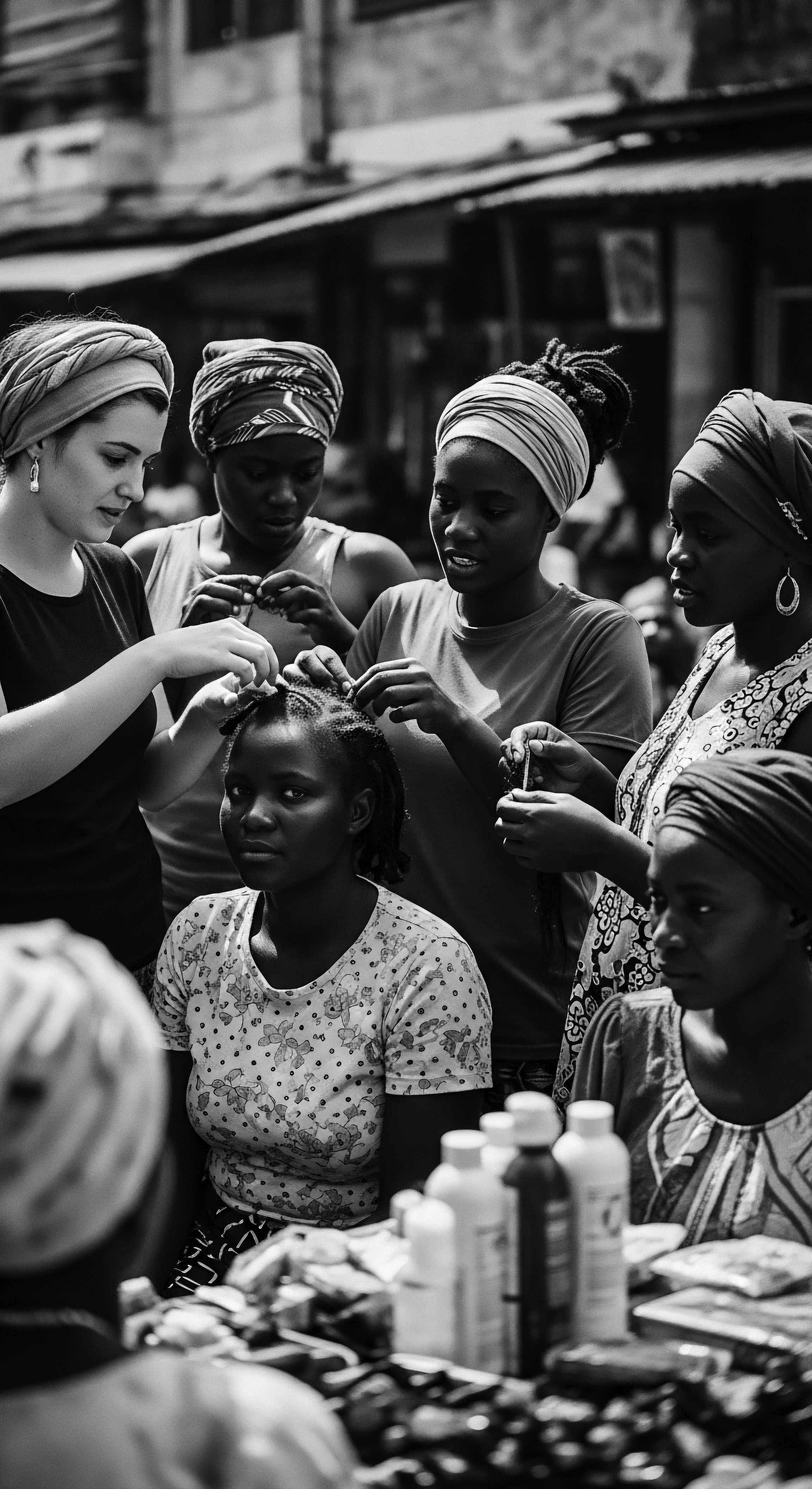
The Continuum of Care ❉ From Ancestral Practices to Modern Utility
The silk bonnet’s contemporary utility is inextricably linked to centuries of ancestral hair care practices within Black and mixed-race communities. Historically, protective head coverings were not solely for adornment or cultural expression; they represented a pragmatic strategy for hair longevity and health maintenance under diverse and often challenging environmental conditions. The implication here is a continuous thread of protective care, adapting to available materials while preserving the core objective.
Anthropological studies of hair traditions across the African diaspora reveal a consistent emphasis on techniques that minimize manipulation and preserve moisture (Byrd & Tharps, 2001). From the elaborate hair structures encased in fabrics in pre-colonial West Africa to the head wraps worn by enslaved individuals in the Americas, protective coverings served as essential tools. These practices often developed out of necessity, a response to harsh labor conditions, limited access to resources, and the imperative to maintain hygiene and dignity.
The careful wrapping of hair, though often using coarser natural fibers, inherently provided a barrier against environmental damage and a means to preserve carefully applied oils or pomades. The denotation of these historical practices is a testament to the ingenuity and adaptive capacities of communities in preserving their most visible crown.
The rise of the silk bonnet within the modern natural hair movement represents a profound connection to this heritage, offering a technologically superior material that amplifies the efficacy of ancient wisdom. It is a tangible manifestation of reclaiming and refining practices that were once vital for survival, now recontextualized as tools for self-care, health, and identity affirmation.
- Material Superiority ❉ Silk offers a lower friction coefficient and less absorbency than traditional cotton or linen head coverings, enhancing protection.
- Hair Health Preservation ❉ Reduces frizz, tangles, and breakage, preserving hair length and density over time.
- Styling Longevity ❉ Maintains the integrity of curls, coils, and protective styles, reducing the need for daily manipulation.
- Cultural Continuity ❉ Reinforces ancestral practices of protecting textured hair, grounding modern care in a rich historical legacy.
The long-term consequences of consistent silk bonnet use, particularly for individuals with highly textured hair, extend beyond mere cosmetic improvements. Reduced mechanical stress leads to less cuticle damage, which in turn means stronger hair fibers that are less prone to breakage and split ends. This sustained protection allows for enhanced length retention , a common goal for textured hair communities. Furthermore, by maintaining optimal hydration, the hair retains its elasticity, reducing susceptibility to damage from styling and environmental factors.
From an academic perspective, the silk bonnet contributes to the overall biophysical resilience of textured hair, fostering conditions conducive to its sustained health and growth. This leads to profound success insights where individuals can achieve healthier hair outcomes that were previously challenging to attain through traditional care methods alone. The cultural implications are equally weighty ❉ the widespread adoption of the silk bonnet reinforces community self-care narratives, celebrating and prioritizing the unique needs and beauty of textured hair, thereby contributing to a deeper understanding of hair as an extension of identity and heritage.
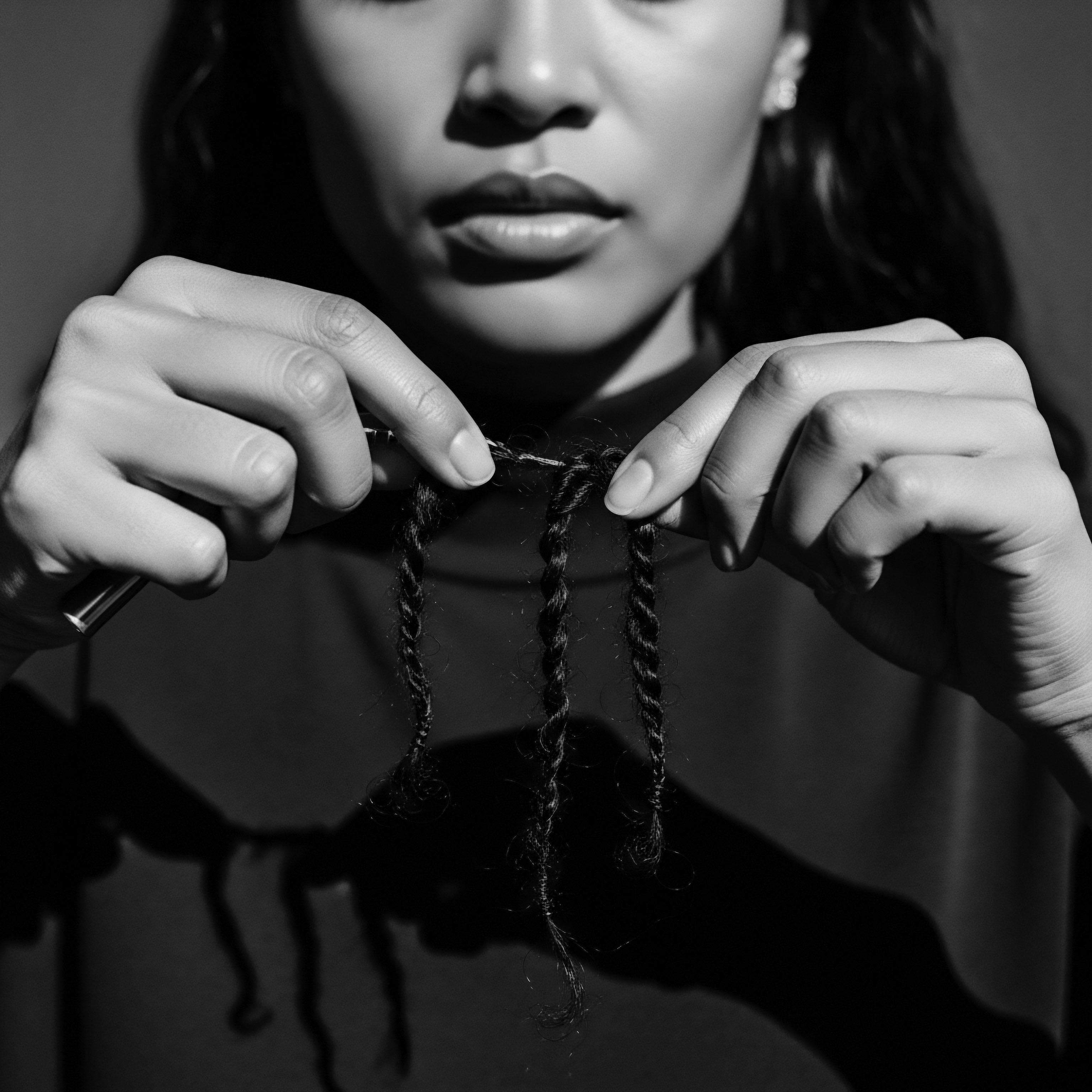
Reflection on the Heritage of Silk Bonnet Benefits
The story of the silk bonnet, when viewed through the lens of Roothea’s deep reverence for textured hair heritage, becomes a living testament to the enduring spirit of care and preservation. It is not merely a modern accessory; it is a resonant chord, echoing the ancestral wisdom that understood the delicate nature of curls, coils, and waves long before scientific instruments could measure friction coefficients or hydration levels. This humble piece of silk fabric thus connects us to a continuous lineage of ingenuity and dedication, a thread woven through generations of Black and mixed-race communities.
The significance of the silk bonnet today is that it acts as a quiet rebellion, a daily affirmation of self-worth and heritage in a world that historically marginalized textured beauty. Each morning, as the bonnet is gently removed, it reveals not just preserved strands, but also a preserved connection to a past where hair was honored, protected, and revered. It speaks to the resilience of practices adapted and refined across time and geographies, always with the core meaning of nurturing hair as an extension of self and spirit.
This journey from elemental biology to an emblem of cultural identity highlights a profound truth ❉ the care for textured hair has always been, and remains, an act of love, self-preservation, and community affirmation. The silk bonnet stands as a modern iteration of this love, a gentle yet potent tool that helps to bridge the wisdom of the past with the possibilities of the present, ensuring the enduring beauty and health of every strand, a true “Soul of a Strand” preserved. Its essence is truly in this unbroken chain of thoughtful hair care.
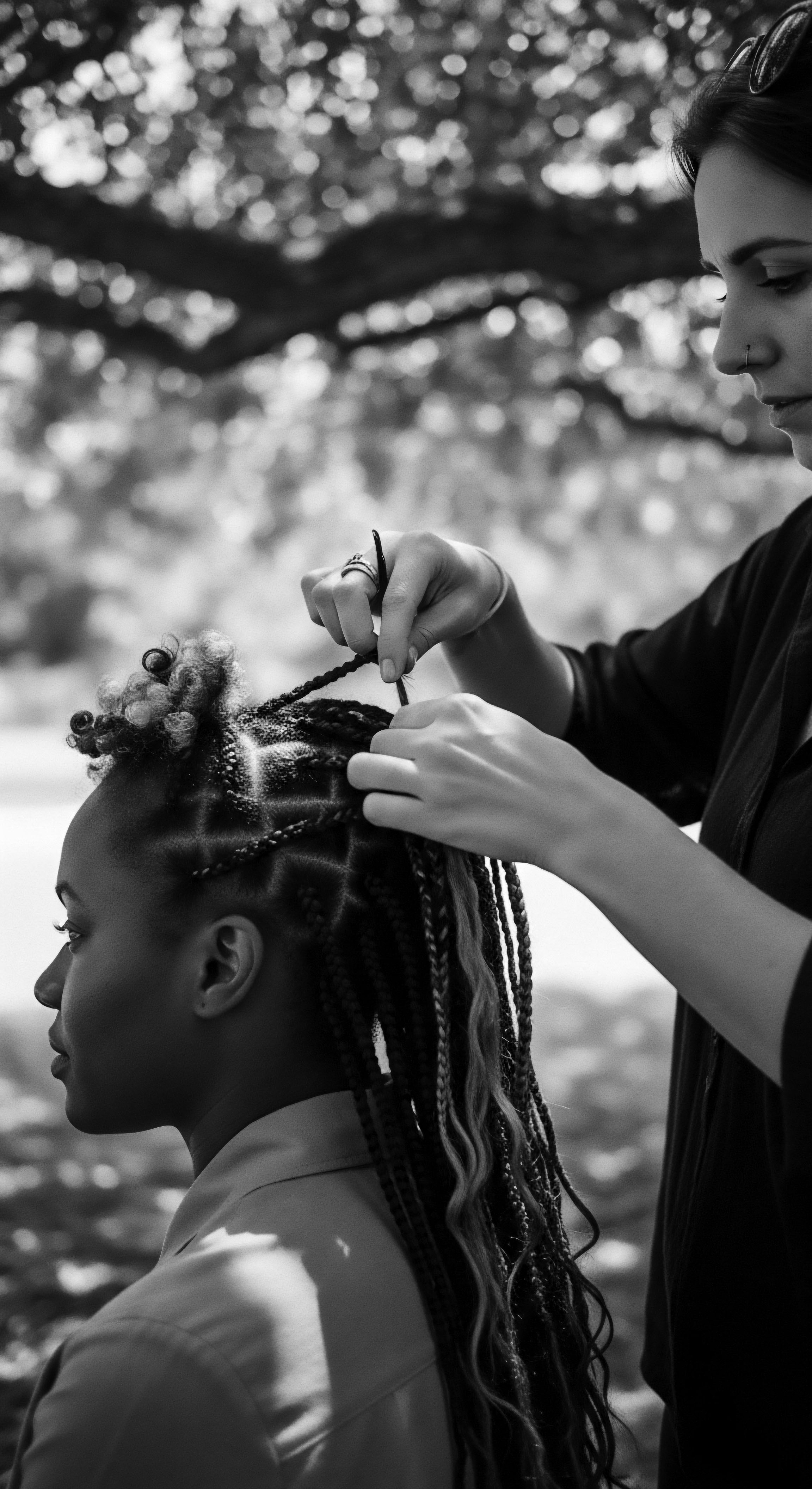
References
- Bradford, D. W. & Marsh, T. J. “Frictional properties of human hair.” Journal of the Society of Cosmetic Chemists, vol. 17, no. 1, 1966, pp. 3-10.
- Byrd, Ayana D. and Lori L. Tharps. Hair Story ❉ Untangling the Roots of Black Hair in America. St. Martin’s Press, 2001.
- Mercer, Kobena. “Black Hair/Style Politics.” Welcome to the Jungle ❉ New Positions in Black Cultural Studies. Routledge, 1994, pp. 97-122.
- Patterson, Angela T. “Hair Care for African Americans.” Dermatology Nursing, vol. 18, no. 6, 2006, pp. 583-586.
- Robbins, Clarence R. Chemical and Physical Behavior of Human Hair. 5th ed. Springer, 2012.
